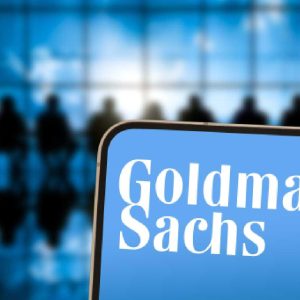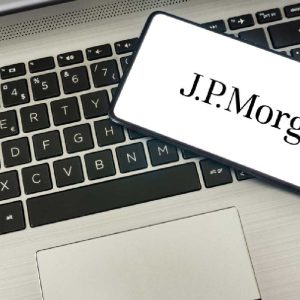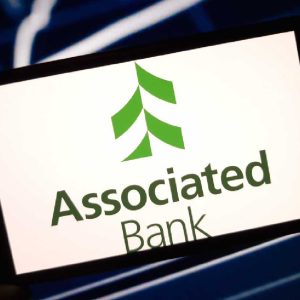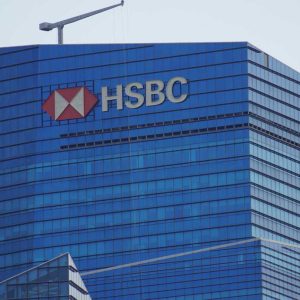.jpg)
With the completion of the sale, the government has been able to recover around £14.5bn of the taxpayer’s money.
Reacting to the move, UK chancellor George Osborne announced plans of selling the government’s entire stake in the bank within a year. This sparked concerns that he is rushing the process of privatizing the bank, reported the Financial Times.
However, Osborne defended the move saying: "This is an important first step in returning the bank to private ownership, which is the right thing to do for the taxpayer and for British businesses: it will promote financial stability, lead to a more competitive banking sector, and support the interests of the wider economy."
The government had bought around 41% stake in the bank during the financial crisis of 2007-09 for around £20.5bn. The UK Financial Investments that manages the government’s stake in bailed-out banks has been slowly trying to recover the money by working on decreasing the government’s ownership in the bank since 2013.
The government had previously announced in this year’s budget that it planned to sell a minimum of £9bn of the bank’s shares this year and next year.
Recently, Osborne attracted criticism after the British government sold off the first installment of shares of the Royal Bank of Scotland (RBS) at a loss of £1bn.
Image: The government had put in £20.5bn in the bank to bail it out during the 2007-9 financial crisis. Photo: courtesy of Lloyds Banking Group.






